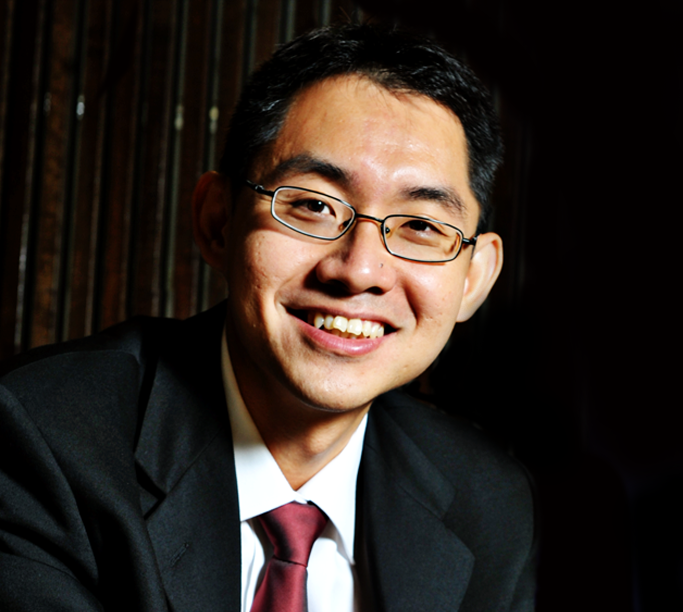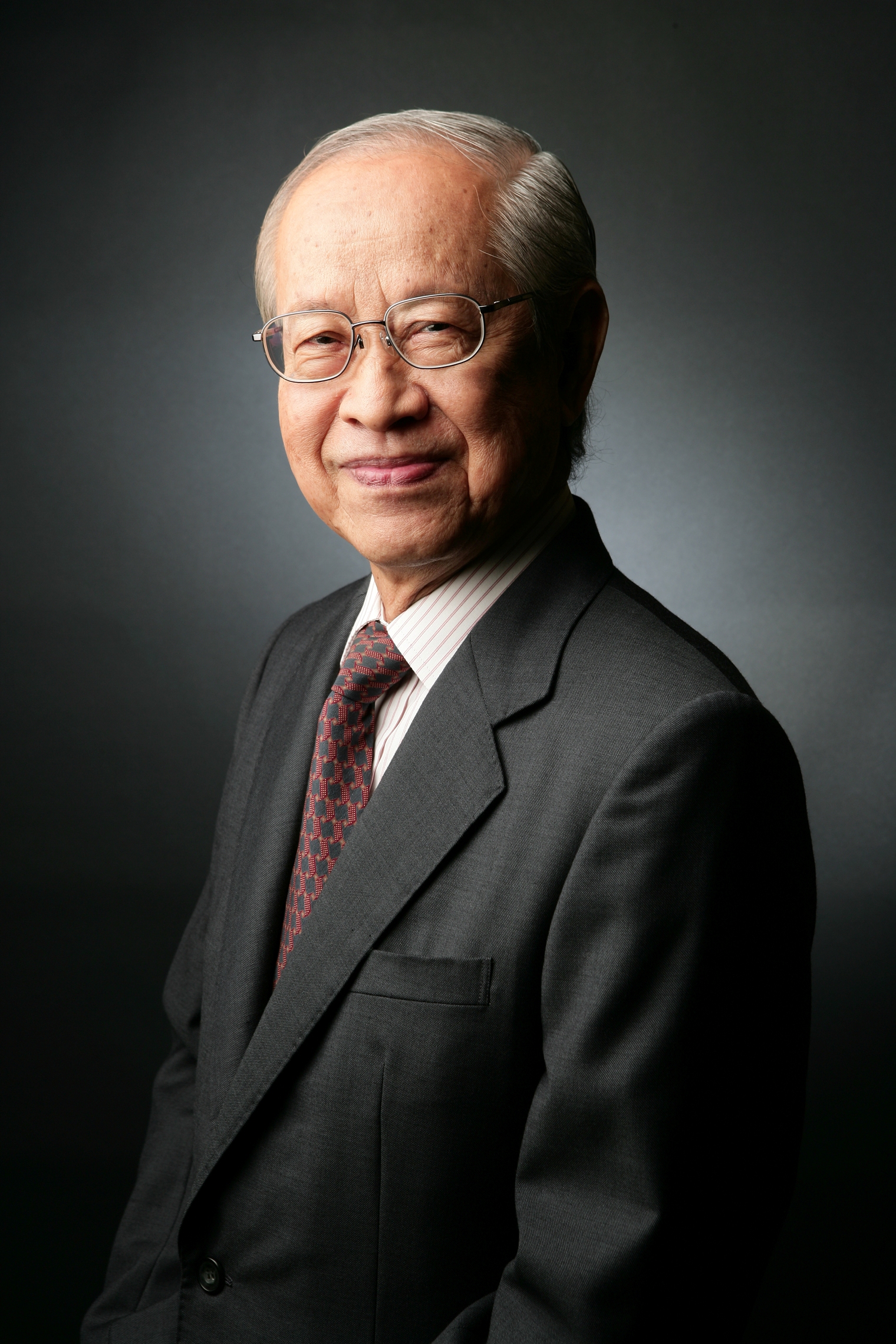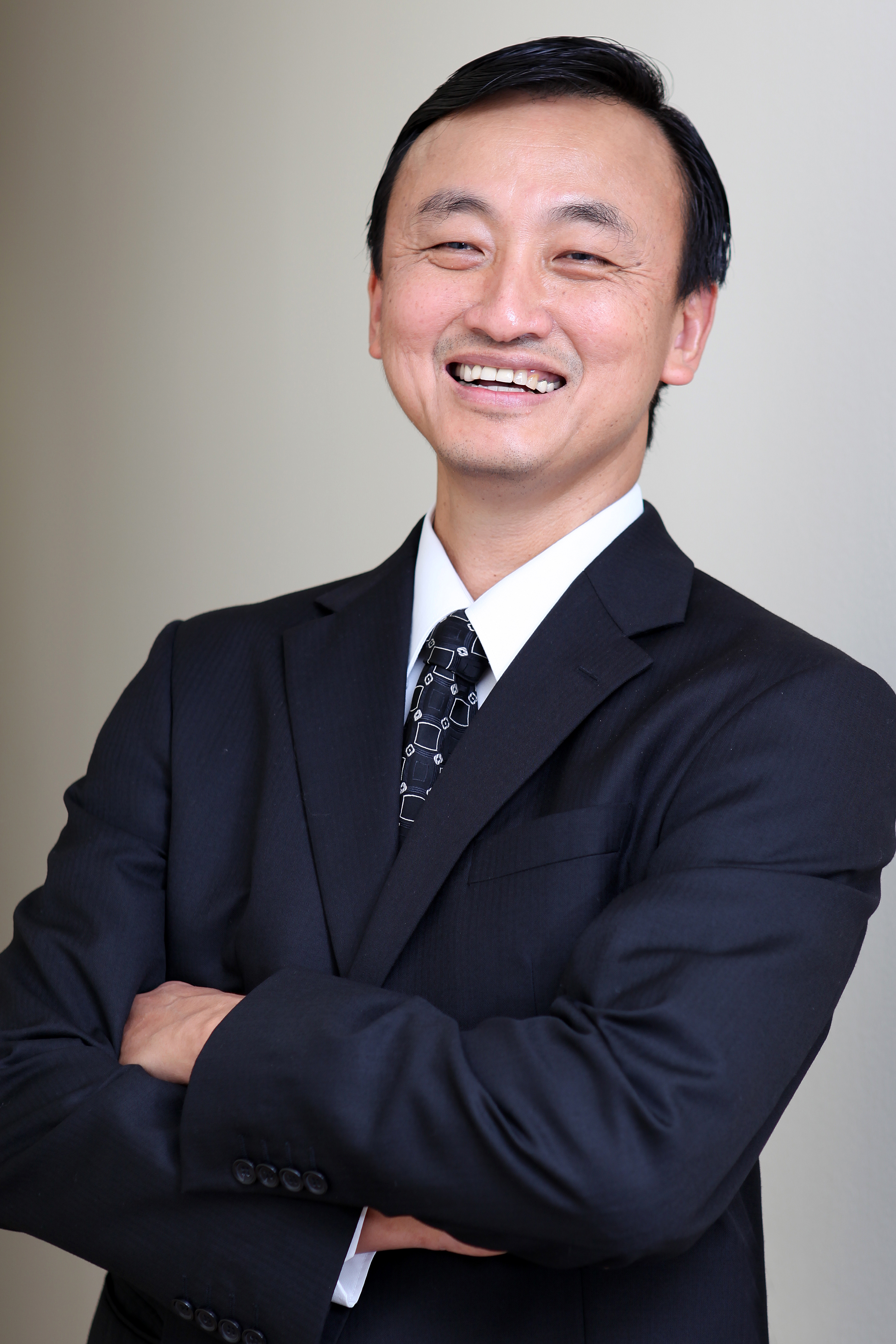About NUS Saw Swee Hock School of Public Health
Building upon decades of experience in research, training and practice in epidemiology and public health since 1948, the Saw Swee Hock School of Public Health, under the National University of Singapore, was established in October 2011 as Singapore’s national school of public health. The School is also a member of the National University Health System (NUHS).
The School aims to continually foster healthier communities in Singapore and the region, and impact public health programmes and policies through its robust educational programmes and translational cross-disciplinary research work on cohort studies and life course epidemiology, infectious disease research, health technology assessments, health promotion, workplace safety and health, health systems evaluation and health services research. An interdisciplinary approach, augmented by rigorous training, applicable research and regional partnerships, places the School at the forefront of public health knowledge discovery and practice in Asia.
The School actively collaborates with many partners including the London School of Hygiene & Tropical Medicine, Karolinska Institutet, Harvard T.H. Chan School of Public Health and University of Michigan School of Public Health. Its flagship programme, the Master of Public Health (MPH) degree, attracts students from a wide range of disciplines from within Singapore and throughout the region.
For more information, visit sph.nus.edu.sg

Mission
Turning discovery into healthier communities
through education, research and partnership
Vision
Making the difference to the health of populations.
Within Singapore and beyond, we catalyse the changes that improve the health and wellness of populations.
Values
Excellence. We will be outstanding in our fields.
Partnership. We care, share and work together.
Integrity. We will do what is right.
Innovation. We find new ways to do better.
Dean's Welcome
“Public health as a discipline is constantly evolving, not only in the face of emerging and re-emerging challenges from infectious diseases and chronic disorders, but also as a result of modern complexities arising from socio-economic shifts and cross-border political situations.
As the national School of Public Health, we play a critical role in training the next generation of leaders in public health, and translating research to inform interventions and policies that will improve the health of communities in Singapore and beyond.”

Dean's Welcome
“Public health as a discipline is constantly evolving, not only in the face of emerging and re-emerging challenges from infectious diseases and chronic disorders, but also as a result of modern complexities arising from socio-economic shifts and cross-border political situations.
As the national School of Public Health, we play a critical role in training the next generation of leaders in public health, and translating research to inform interventions and policies that will improve the health of communities in Singapore and beyond.”
People
Milestones
-
1948
 The Department of Social Medicine and Public Health is formed, following the merger of the former Raffles College and the King Edward VII College of Medicine to form the University of Malaya. Located in Sepoy Lines Golf Club at College Road, Dr John H. Strahan is appointed the first Head of Department, serving until 1953.
The Department of Social Medicine and Public Health is formed, following the merger of the former Raffles College and the King Edward VII College of Medicine to form the University of Malaya. Located in Sepoy Lines Golf Club at College Road, Dr John H. Strahan is appointed the first Head of Department, serving until 1953. -
1949
A nutrition unit is formed with the transfer of nutrition field workers from the Department of Biochemistry.
-
1950
A lecturer in applied nutrition is appointed to the Department.
-
1952
Statistical consultative services are developed, with the appointment of a medical statistician.
-
1953
 The Department relocates to Nissan Huts at McAlister Road, with Professor Trevor Lloyd-Davies taking over as Head of Department until 1961. Occupational health is introduced to the curriculum. The Diploma of Public Health (DPH) course is announced, becoming the pioneer postgraduate medical course in Singapore and one of the first in the region.
The Department relocates to Nissan Huts at McAlister Road, with Professor Trevor Lloyd-Davies taking over as Head of Department until 1961. Occupational health is introduced to the curriculum. The Diploma of Public Health (DPH) course is announced, becoming the pioneer postgraduate medical course in Singapore and one of the first in the region. -
1957
 The Department moves into the Institute of Health at Outram Hill.
The Department moves into the Institute of Health at Outram Hill. -
1961
 Professor Winifred Danaraj serves as Head of Department until 1964.
Professor Winifred Danaraj serves as Head of Department until 1964. -
1964
 Professor Michael J. Colbourne takes over as Head of Department until 1969.
Professor Michael J. Colbourne takes over as Head of Department until 1969. -
1970
 Professor Phoon Wai On becomes the longest-serving Head of Department, serving 17 years from 1970 to 1987.
Professor Phoon Wai On becomes the longest-serving Head of Department, serving 17 years from 1970 to 1987. -
1973
The Diploma of Public Health (DPH) is replaced as the course leading to the Master of Science (Public Health). The Master of Science (Occupational Medicine) is also established, becoming the region’s first postgraduate degree course in occupational medicine.
-
1986
Together with the Faculty of Medicine, the Department relocates to the main National University of Singapore campus at Kent Ridge when the National University Hospital is completed.
-
1987
The Department is renamed the Department of Community, Occupational and Family Medicine (COFM), reflecting the addition of Family Medicine teaching. It is reorganised into five divisions — Epidemiology, Biostatistics & Health Informatics, Health Care, Occupational Medicine and Family Medicine — to allow for greater specialisation in the respective fields. Professor Lee Hin Peng serves as Head of Department for 14 years until 2001.
-
1992
The Master of Science (Public Health) and Master of Science (Occupational Medicine) are reorganised into courses leading up to the degrees of Master of Medicine (Public Health) and Master of Medicine (Occupational Medicine). COFM is designated as a World Health Organization Collaborating Centre in Occupational Health.
-
1993
The Master of Medicine (Family Medicine) course is introduced.
-
1996
The Centre for Environmental and Occupational Health Research (CEOHR) is established under the Directorship of Professor Ong Choon Nam, with the aim of illustrating and preventing environmental and occupational health problems. The Centre also provides training in the areas of environment, health and safety, comprising members of different disciplines conducting credible upstream research, and providing support and consultancy in the areas of chemical safety, environmental and occupational health.
-
1998
After 12 years at the National University Hospital, the Department shifts to a new purpose-built building within the NUS Biomedical Complex.
-
2001
 Professor David Koh begins his tenure as Head, leading the Department into a new millennium filled with modern and more complex changes in public health.
Professor David Koh begins his tenure as Head, leading the Department into a new millennium filled with modern and more complex changes in public health. -
2002
The Centre for Molecular Epidemiology is set up with Professor Chia Kee Seng as its Director, to discover gene-environment interactions for the promotion of public health.
-
2007
WHO Director-General Dr Margaret Chan makes a homecoming to the Department and NUS as its alumna. The Master of Public Health (MPH) programme is introduced, merging the Master of Medicine (Public Health) and Master of Medicine (Occupational Medicine). In keeping with the cross-disciplinary demands of a changing public health landscape, the course opens its admission to both medically and non-medically qualified professionals.
-
2008
COFM celebrates 60 years of excellence in public health teaching, research and policy.
-
2009
COFM is re-established as the Department of Epidemiology and Public Health (EPH), signalling the Department’s new areas of research, including the genetic determinants of disease in Asian populations, mathematical and statistical modelling of infectious disease epidemiology, and how gene-environment interactions shape chronic disease risk factors in the Singapore population.
-
2011

 With the landmark gift of $30 million from Professor Saw Swee Hock, the Saw Swee Hock School of Public Health (SSHSPH) is officially established on 1 October 2011 as Singapore’s flagship school of public health, with Professor Chia Kee Seng as its Founding Dean. The School sets out to develop its etiologic research capabilities into policies and programmes, as well as train future leaders in public health with the aim of turning discovery into healthier communities in Singapore and the region.
With the landmark gift of $30 million from Professor Saw Swee Hock, the Saw Swee Hock School of Public Health (SSHSPH) is officially established on 1 October 2011 as Singapore’s flagship school of public health, with Professor Chia Kee Seng as its Founding Dean. The School sets out to develop its etiologic research capabilities into policies and programmes, as well as train future leaders in public health with the aim of turning discovery into healthier communities in Singapore and the region. -
2015
 Following the completion of the School’s strategic review exercise in April 2014 and crystallisation of the Vision2020 document (2015-20), the School restructures and streamlines its research and training capabilities along three domains (Epidemiology, Biostatistics and Modelling, and Health Systems and Behavioural Sciences), research programmes and centres, leveraging the varied expertise of the School’s faculty and partners, to drive the School’s translational and cross-disciplinary vision. On 12 February 2015, SSHSPH officially shifts to its new premises in the Tahir Foundation Building.
Following the completion of the School’s strategic review exercise in April 2014 and crystallisation of the Vision2020 document (2015-20), the School restructures and streamlines its research and training capabilities along three domains (Epidemiology, Biostatistics and Modelling, and Health Systems and Behavioural Sciences), research programmes and centres, leveraging the varied expertise of the School’s faculty and partners, to drive the School’s translational and cross-disciplinary vision. On 12 February 2015, SSHSPH officially shifts to its new premises in the Tahir Foundation Building. -
2017
 The School confers the inaugural NUS Emeritus Professor in Public Health to Professor Lee Hin Peng, in recognition of his stellar research and teaching accomplishments, and exemplary service to public health in Singapore and the wider international community.
The School confers the inaugural NUS Emeritus Professor in Public Health to Professor Lee Hin Peng, in recognition of his stellar research and teaching accomplishments, and exemplary service to public health in Singapore and the wider international community. -
2018
 Professor Teo Yik Ying begins his tenure as Dean of SSHSPH.
Professor Teo Yik Ying begins his tenure as Dean of SSHSPH.

